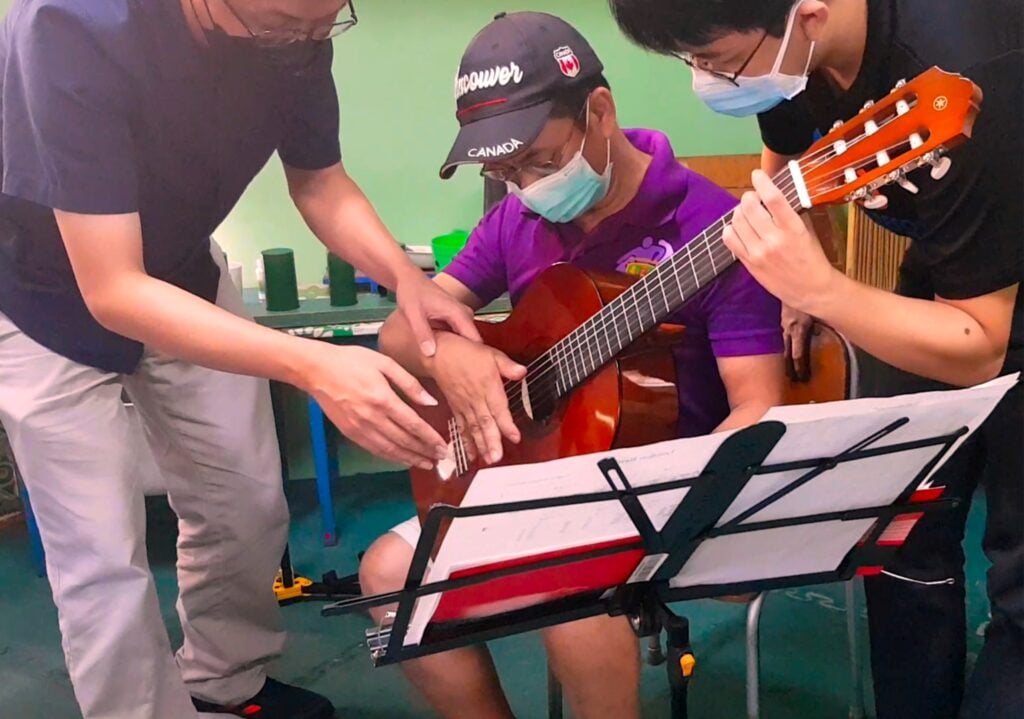A guitar-based program resulted in improvements in hand function among stroke patients comparable to those from conventional therapy
21 Nov 2025

This study aims to determine the effects of guitar lessons (intervention group) in comparison to conventional occupational therapy sessions (control group) on hand function of chronic stroke patients with unilateral hand impairment.
The randomized controlled trial enrolled 34 chronic stroke patients with unilateral hand impairment. Participants were randomly assigned to either an intervention (guitar lessons) or a control (conventional occupational therapy) group. Each participant underwent a total of eight consecutive therapy sessions, held twice weekly for an hour each, in the designated treatment rooms of the Department of Rehabilitation Medicine at the Philippine General Hospital.
Pre- and post-treatment evaluations were done to assess the range of motion, grip and pinch strength, and hand functions. Satisfaction surveys were answered at the end of the eight therapy sessions. Improvements in hand function were assessed through measurement of range of motion (ROM), grip and pinch strength, and with the use of Beery-Buktenica Developmental Test of Visual-Motor Integration, Jebsen-Taylor Hand Function test, and Purdue Pegboard Test of Manual Dexterity.
The comparison of the actual change of passive range of motion (ROM) of the impaired hand from pre- to post-treatment between control and intervention groups showed no statistically significant difference. No statistically significant difference between groups was also observed for the active ROM of the impaired hand. Comparison of the function of the impaired hand pre- and post-treatment between control and intervention groups showed no statistically significant difference, except for an observed greater improvement with the control group in motor coordination. This means that improvement in hand function using the guitar lesson was comparable to that from traditional occupational therapy. The findings point to the usefulness of the method in areas with limited access to rehabilitation facilities and occupational therapy services, and as a continuing activity for chronic stroke patients at home to help improve hand function.
Authors: Kreza Geovien G. Ligaya (Department of Rehabilitation Medicine, College of Medicine and Philippine General Hospital, University of the Philippines Manila ), Sharon D. Ignacio (Department of Rehabilitation Medicine, College of Medicine and Philippine General Hospital, University of the Philippines Manila ), Daniel Joseph S. Morabe (Department of Strings and Chamber Music, College of Music, University of the Philippines Diliman), Nathan Neil V. Manimtim (Department of Strings and Chamber Music, College of Music, University of the Philippines Diliman) and Manuel Peter Paul C. Jorge II (Department of Physiology, College of Medicine, University of the Philippines Manila)
Read the full paper: https://actamedicaphilippina.upm.edu.ph/index.php/acta/article/view/9334
